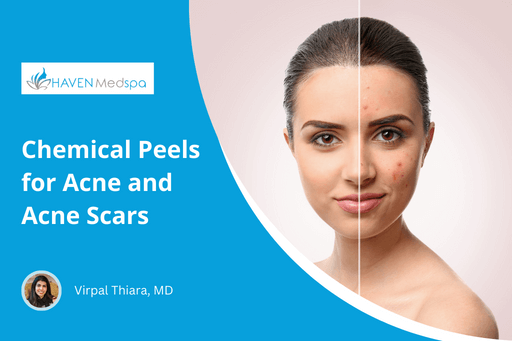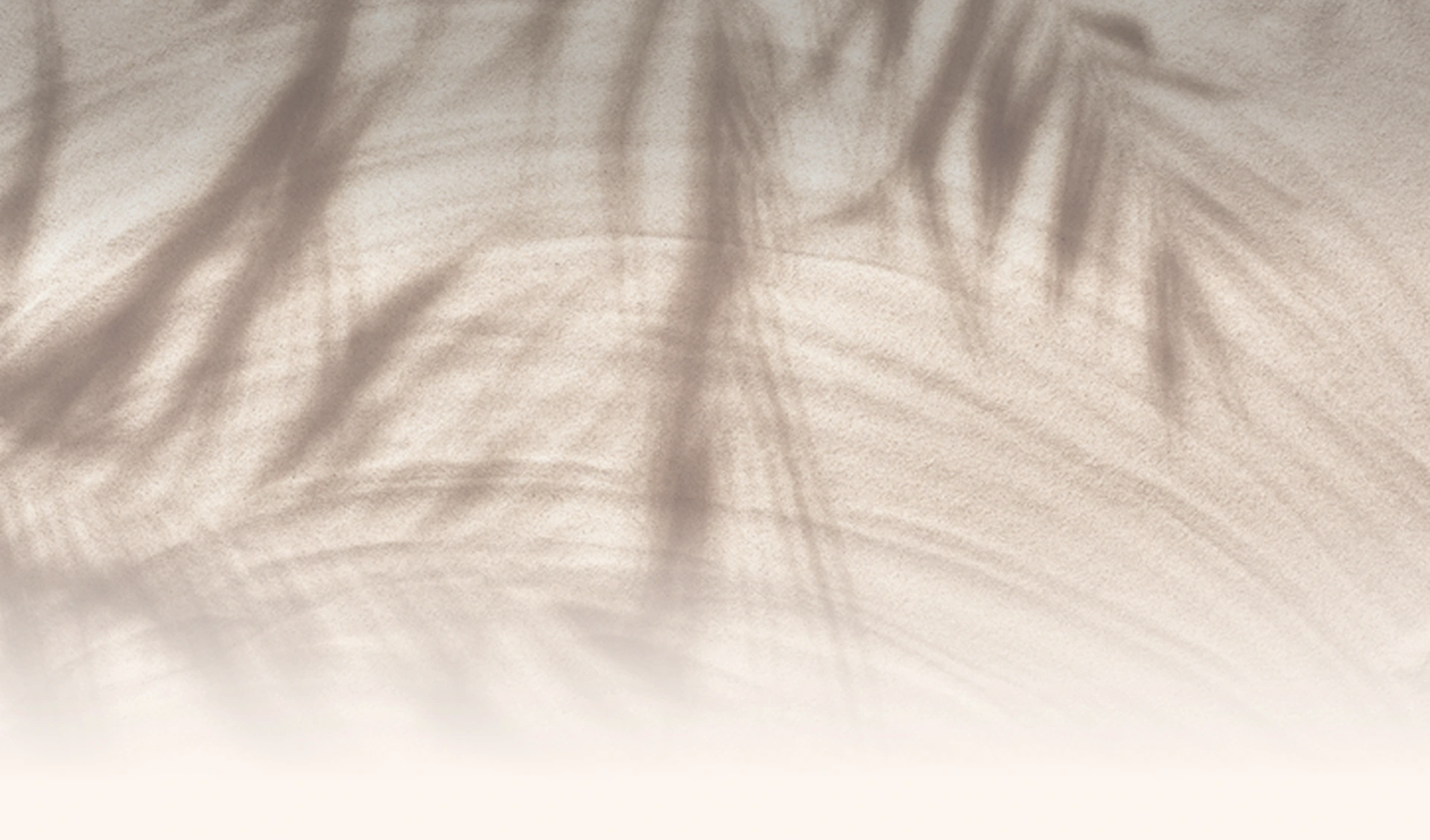If you have severe acne that has led to deep, uneven scars on your face, it’s time to learn how effective and beneficial the chemical peel treatment can be for you. Besides restoring your smooth and blemish-free skin, it can also help restore your lost confidence. According to the American Society of Plastic Surgeons report, chemical peels are the third most popular treatment choice among minimally invasive cosmetic procedures. Due to their versatility, they can also be personalized based on different skin types and aesthetic requirements. Let’s understand in detail what chemical peel treatment is all about and which chemical peel treatment will offer maximum benefits for your specific condition.
What Is Chemical Peeling?
Chemical peeling also referred to as chemexfoliation, is a minimally-invasive cosmetic procedure in which a chemical is applied to the treatment area. The process results in controlled damage to the epidermis, which activates the healing mechanism of the body by boosting collagen and elastin production and skin cell regeneration.
Types of Chemical Peel Treatments
Different types of chemical peels ranging from mild and medium to deep are available for different skin types, types and severity of acne, and your expected outcome from the treatment. The chemical peels can be classified based on the acid used as their ingredient. The several types of acids used in chemical peels are:
-
Glycolic acid
This alpha-hydroxy acid penetrates the skin the deepest among all the acids in chemical peels and improves the skin’s overall texture. It is effective for all skin types.
-
Phytic acid
It works well for sensitive skin. It clears the skin of acne and blackheads and helps to brighten the skin.
-
Salicylic acid
The beta-hydroxy acid is useful for oily and dirty skin. It breaks down the connective tissues in the skin leading to the shedding of the skin.
-
Lactic acid
It is a mild chemical peel and combats sun spots, acne, and irregular skin texture.
-
Mandelic acid
It is successfully used for dark skin, large pores, inflammatory acne, and some types of post-inflammatory hyperpigmentation.
How Do Chemical Peels Remove Acne Scars?
Even after it’s been a long time since your last acne breakout, the scars remain. While some scars may fade with time, to hasten the healing process of stubborn acne scars and to prevent further breakouts, chemical peels have become a popular option. On the removal of the chemical peel, the dull and scarred surface skin cells, along with oil and debris, are peeled off, and you get:
- Smoother and firmer skin tone and texture
- Reduced blemishes, acne scars, and dark spots or hyperpigmentation caused by acne
- Unclogged skin pores that minimize the recurrence of acne in the future
- Rejuvenated skin
- Enhanced collagen production
Most Effective Chemical Peel Treatments for Acne Scars
The chemical peel treatment your dermatologist or aesthetic physician recommends for you can be broadly divided into:
-
Light peels
Also called refreshing, superficial “lunchtime” peels, these chemical peels usually have alpha-hydroxy acids (AHA), glycolic acid, lactic & mandelic acids, salicylic acid, or pyruvic acid as their main ingredient. You may experience flakey skin for a week. These types of chemical peels need multiple sessions for optimal results.
-
Medium peels
Low-to-moderate concentration TCA solutions, glycolic acid, Jessner’s peel, salicylic acid, or pyruvic acid are used in these peels. You may experience swelling in the face and eyelids for almost 48 hours after the procedure. Mild blisters may also form on the skin in the next two weeks that later burst and crust.
-
Deep peels
High-concentration TCA solutions, Baker-Gordon phenol peel, or carbolic acid form the base of these peels. These procedures require downtime of 2-3 weeks, with the treated area kept bandaged. You will be prescribed anti-viral medications. You need several follow-ups with your doctor for them to check the progress of recovery.
Chemical peels can also be customized on the type of scar you may have.
Atrophic acne scars:
- Ice pick acne scars: small and narrow indentations
- Boxcar acne scars: a flattened square-shaped scar with raised edges
- Rolling acne scars: scars without a defined edge
- These acne scars create deep indentations in the skin. They are further classified as:
Hypertrophic acne scars
- These raised scars appear as bumps on the skin’s surface. They are less common than atrophic scars, and they form as a response to acne-related injuries.
Final Word
Chemical peels are proven and effective cosmetic procedures for the removal and reduction of acne and acne scars. People suffering from acne and its scars have benefited greatly from the treatment as the procedure has helped them to shed their inhibitions about their appearance and move ahead with confidence. However, it’s best to consult a specialist before you decide to undergo a chemical peel treatment.
Get Rid of Your Acne Scars with the Best Chemical Peel Treatment at Haven MedSpa
At Haven MedSpa, our certified and experienced team offers chemical peel treatments that prioritize your comfort and safety. Our clinic is equipped with the latest technology that enables our staff to offer you the most advanced treatment procedures. We value your aesthetic goals and expectations and work toward helping you achieve them.
For more information about the chemical peel treatments that we offer, contact us and schedule an appointment today.


